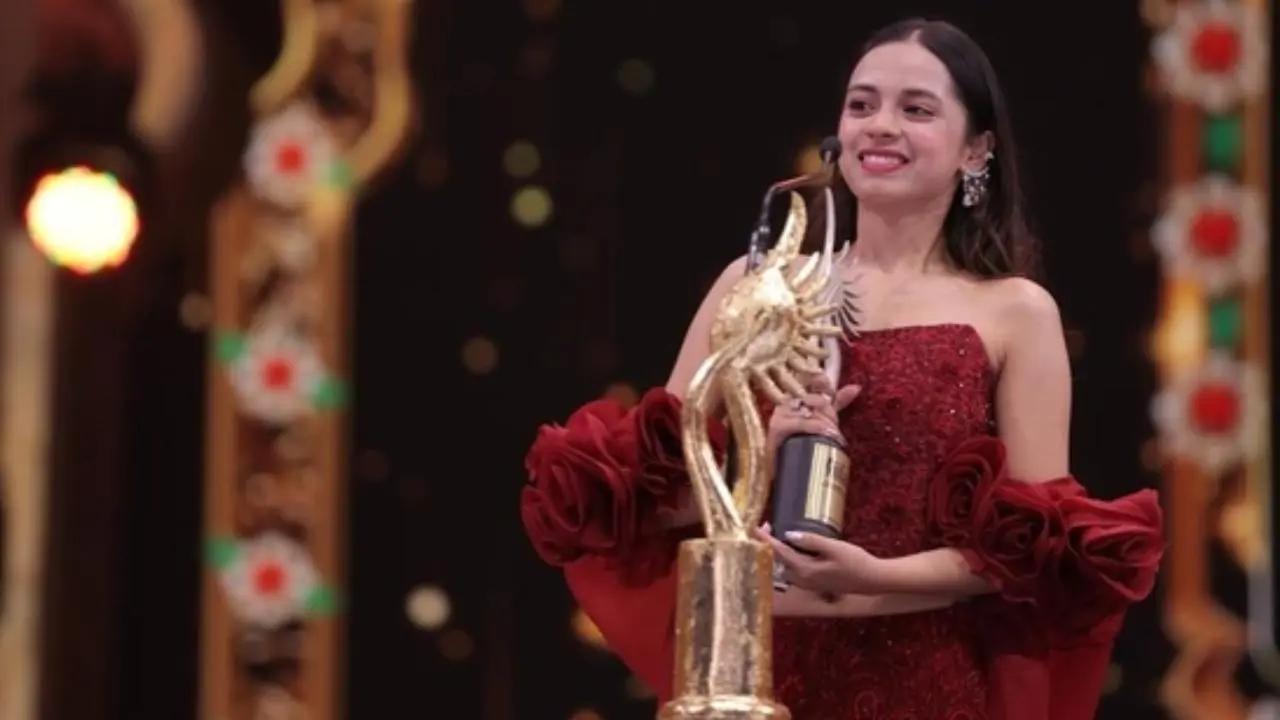
In an extraordinary amalgamation of tradition and technology, audiences at the city event on Saturday were immersed in an evocative narrative exploring the profound connection between human beings and nature. “When Walls Dance,” a poignant solo performance by the exceptionally talented Bharatanatyam danseuse, Prachi Saathi, unfolded a tale of unyielding friendship amidst the backdrop of environmental decay.
Through the language of dance, artistry, and innovative animation, the tale of Champa – a girl named after and embodying the essence of a tree – was narrated in a display of cultural richness. As part of Tiruchi’s ‘India Art Festival,’ organized by the dynamic women’s forum, The Aura, this performance effectively fused classical Indian dance with the ancient folk art of Maharashtra, known as Warli, as well as cutting-edge animation to tell its story.
Premiered in the year 2023, the production has continuously wowed audiences. Its most recent enactment in Tiruchi not only showcased the multifaceted abilities of Ms. Saathi but also displayed the versatility of dance as a storytelling medium. The dancer’s interpretation of everyday life in Champa’s village covered a spectrum of emotions and events – from the joyful to the sorrowful – via the intricate movements of Bharatanatyam.
The Alarippu set the stage for the day’s awakening and the life of the village community, followed by a portrayal of the pivotal moments in Champa’s life: her birth, an alphabet song representing her education, the joy of her sister’s wedding, the melodious bird song, the vibrant Bohada mask festival, the much-awaited rain song, and finally, the Tillana where tragedy befalls, leaving the audience in poignant reflection.
Her performance compellingly captured the essence of the narrative, transitioning smoothly from the playful innocence of childhood to the inevitable sorrow of separation. The ‘Bohada’ dances were particularly notable for the almost transformative experience they provided, with Ms. Saathi flawlessly personifying the goddess, lion, and monkey through the confluence of dance and expressive masks.
A striking aspect of “When Walls Dance” was its ingenious use of animated Warli art, masterfully created by Upasana Nattoji Roy. This element not only served as a backdrop but significantly enhanced the overall effect of the performance. The entrancing visuals complemented every move of the dancer, ingraining the narrative more deeply into the hearts of the audience.
Audiovisually, the musical score enveloped the viewer in the authentic sounds of the village portrayed. Singers Swapnil Chapekar and Ketaki Joshi, together with traditional Warli artists from Jawhar, Maharashtra, created an auditory experience that seamlessly synchronized with the visual festivity on stage.
The performance in Tiruchi was not merely an artistic exhibition; it was a deeply moving ode to the symbiotic relationship between human civilization and the natural environment. It narrated, with both gravitas and grace, the ways in which traditional arts can remain relevant in modern storytelling and convey powerful messages about contemporary issues such as environmental conservation.
In “When Walls Dance,” audiences witnessed not just a dance performance but a visual and aural tapestry that celebrated and honored the inseparable bond between mankind and Mother Earth. It served as a reminder that despite the advent of technology and the ever-accelerating pace of modern life, there remains an intrinsic connection to the natural world that must be cherished and protected for generations to come.










